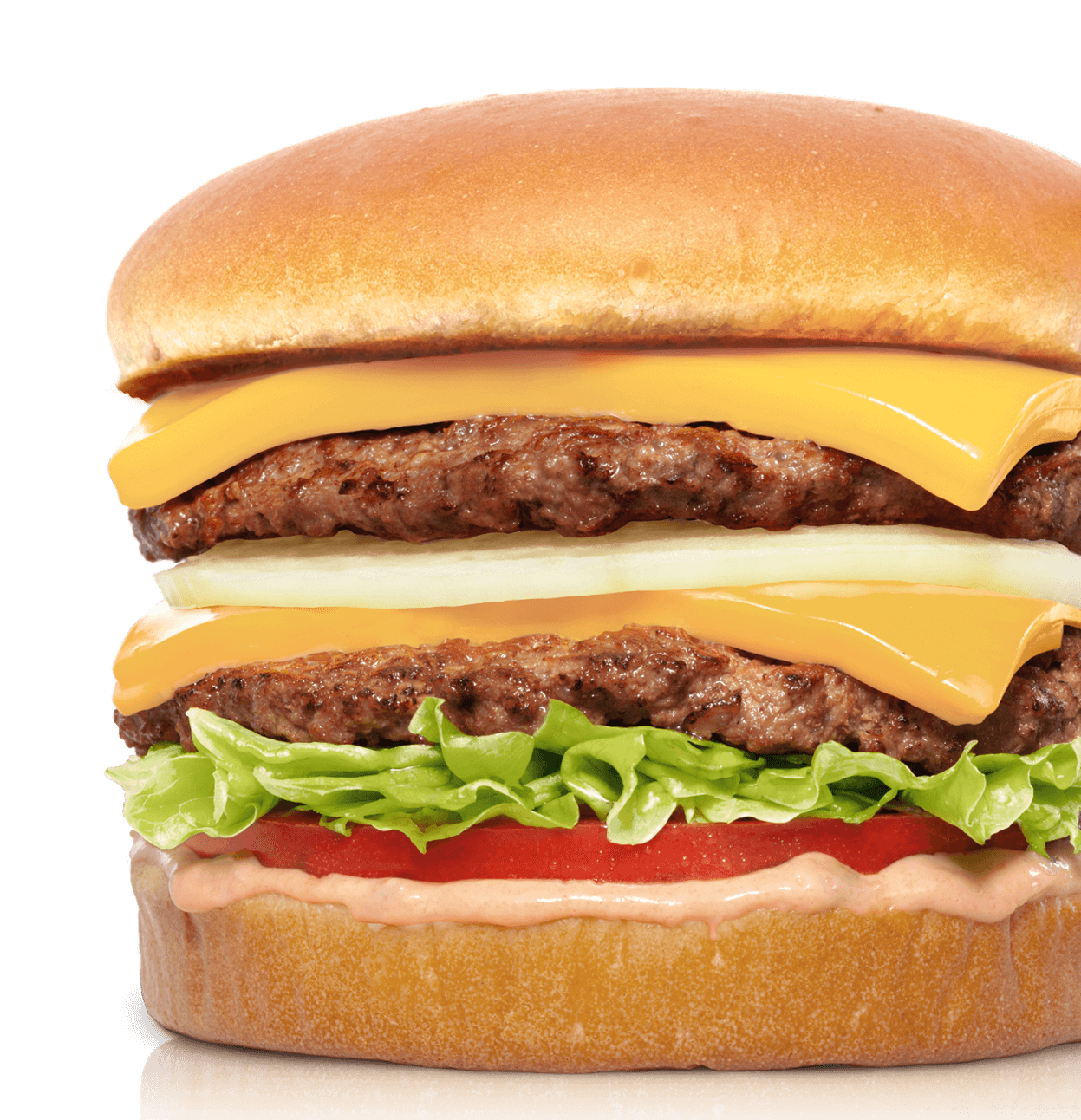Is In‑N‑Out Burger Available in Canada?
Discover why In‑N‑Out Burger has no permanent Canadian outposts, how one‑day pop‑ups preserve its trademarks, the supply‑chain constraints at play, and what the future might hold for Canadian fans.

As of April 19, 2025, In‑N‑Out Burger remains strictly a U.S. chain with no permanent locations in Canada—fans north of the border can only sample its famed Double‑Double by making day‑trips into the United States or lining up for rare one‑day pop‑ups. The company uses these brief events to uphold Canadian trademarks while its “fresh, never frozen” supply‑chain model—mandating that every restaurant lie within roughly 300 miles of a distribution hub—effectively rules out Canadian expansion under current logistics. Leadership continues to focus on measured U.S. growth, including planned moves into Tennessee and New Mexico.
No Permanent Canadian Outlets
In‑N‑Out Burger operates exclusively in the United States, serving California, Arizona, Nevada, Utah, Texas, Oregon, Colorado, and Idaho, with expansions slated for New Mexico and Tennessee—but no Canadian cities are on its list of markets Wikipedia✔.
Pop‑Up Events and Trademark Preservation
To maintain its Canadian trademarks without opening full restaurants, In‑N‑Out stages one‑day pop‑ups:
- Toronto, Sept. 11, 2014: A cash‑only event at Osteria dei Ganzi drew lines around the block and sold out by early afternoon (CTV News)✔.
- Vancouver & Langley: Similar appearances in 2019 and annual cookouts at the Good Times Cruise‑In boost trademark use in commerce (TechDirt)✔ (Langley Advance Times)✔.
- Toronto, 2021: Another brief pop‑up reinforced brand presence without any commitment to permanent outlets (Grub Street)✔.
Supply‑Chain Model
In‑N‑Out’s relentless focus on freshness means:
- No freezers or microwaves: All patties and produce arrive fresh daily in company‑owned refrigerated trucks (Business Insider)✔.
- Distribution hubs in the U.S.: Baldwin Park, Lathrop (CA); Phoenix (AZ); Draper (UT); Dallas (TX); Colorado Springs (CO)—all well over 300 miles from major Canadian cities (Wikipedia)✔.
- 300‑mile radius rule: New restaurants must lie within roughly a one‑day drive of a hub to protect quality—geography that naturally excludes Canada.
Trademark Strategy and Preservation
In‑N‑Out holds active Canadian registrations—such as TMA751054 (filed July 9, 2008; registered October 23, 2009)—for its name and design marks (CIPO)✔. When Tim Hortons challenged the “Double‑Double” trademark in 2019, Canada’s Trademark Opposition Board upheld In‑N‑Out’s rights, citing annual burger sales at the Langley Cruise‑In as valid “use in commerce” (TechDirt)✔.
Potential for Canadian Expansion
Despite strong demand and trademark positioning, In‑N‑Out’s leadership has not signaled any shift toward Canada. Instead, the company is:
- Doubling down in the U.S.: Announcing a new eastern territory office in Franklin, Tennessee, with first restaurants by 2026 (NPR)✔ (TN Gov)✔.
- Planning measured growth: Prioritizing quality control over rapid franchising, with no announcements about Canadian sites (Wikipedia)✔.
Frequently Asked Questions
Q: Why doesn’t In‑N‑Out open restaurants in Canada?
A: Its “fresh, never frozen” model limits outlets to within ~300 miles of U.S. distribution hubs—none are in Canada (Business Insider)✔.
Q: Are any Canadian locations planned?
A: No permanent Canadian sites have been announced; leadership remains focused on U.S. expansions (NPR)✔.
Q: How does In‑N‑Out preserve its Canadian trademarks?
A: Through one‑day pop‑ups and annual cookouts—sufficient “use in commerce” to keep marks active (TechDirt)✔.
Summary
In‑N‑Out Burger remains firmly rooted in the U.S., governed by a strict supply‑chain boundary and savvy trademark‑preservation tactics that allow occasional Canadian pop‑ups without permanent outlets. Unless new distribution centers bridge the geographic gap, Canadian fans will continue driving south for Double‑Doubles or chasing the next pop‑up event.
